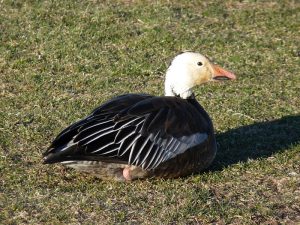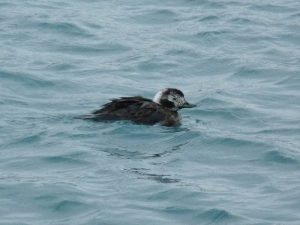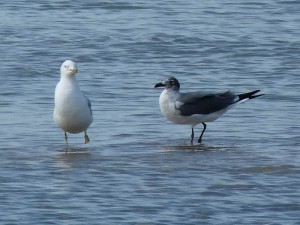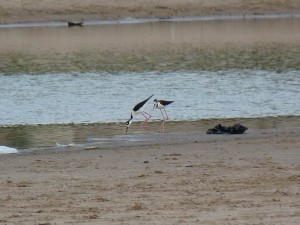I spent about 3.5 hours at Montrose this morning, May 1, and it was worth just about every minute. Passerines were in in good numbers; I had a number of goodies and FOSs. Shorebirds, however, were disappointing. I woke up extra early and made it the beach just before sunrise, but all I could muster were a few Spotted Sandpipers, probably the nesting birds, and a couple Killdeer, again probably the local breeding birds. I ended up with 78 species, highlighted by
Virginia Rail – 1 in the eastern panne
Sora – 3
Forster’s Tern – ~60, strong movement
Merlin – 1
Great Crested Flycatcher – 1
Eastern Kingbird – 5
All 5 regularly occurring swallows
Sedge Wren – 1 singing in the eastern panne
Gray-cheeked Thrush – 1
Wood Thrush – 2
Veery – 1
11 species of warblers, Blue-winged being the best
Clay-colored Sparrow – 1, thanks Phil
Lark Sparrow – 1
Blue Grosbeak – 1 immature male
Bobolink – 1
Bird of the day goes to the immature male Blue Grosbeak. I’ve only seen 2 or 3 BLGR at Montrose in my 35+ years birding there, so I was fairly excited. Link to my eBird checklist below.
eBird Checklist
http://ebird.org/ebird/view/checklist/S36453350





